Tour Details
Below are the details of our tour:
Meeting Point: Your Hotel Lobby
Meeting Time: 8.30AM
PLEASE REACH ON TIME AT THE MEETING POINT TO JOIN THE TOUR
It is a friendly escorted experience, in English.
Tour needs to be booked in advance
FULL DAY TOUR OF NEW DELHI: Inclusive of Lunch
Duration 7 – 8 wonderful hours
The above price includes:
Transport pickup and drop from the Hotel in Delhi
Visit / Drive through the following places of interest:
- Jantar Mantar
- Connaught Place
- Agrasen ki Baoli (Stepwell)
- Parliament House
- President House
- India Gate
- Matka Pir ki Dargah
- Bhairon Mandir (Temple)
- Purana Qila (Old Fort) or Indraprastha
- Humayun’s Tomb
- Indian lunch at Eatopia
- Gandhi Smriti
- Qutab Minar
- Shanti Path Diplomatic Area
- Teen Murti
- Mother Teresa Crescent
- Sacred Heart Cathedral
- Gurdwara Bangla Sahib
Agrasen (or Ugrasen) ki Baoli
A ‘baoli’ is a step-well built to store natural water in earlier days, which also provided respite to travelers. Among the high rise buildings of Connaught Place, off Hailey Road, lies this historical step-well. Although there are no known historical records to prove who built Agrasen ki Baoli, it is believed that it was originally built by the legendary king Agrasen during the Mahabharat epic era and rebuilt in the 14th century by the Agrawal community which traces its origin to Maharaja Agrasen.
We then drive via Janpath Street and Jantar Mantar, looking at the impressive:
Parliament House
The Parliament house is a circular colonnaded building. This is where the Rajya Sabha and Lok Sabha sessions of the Indian Parliament are held.
Rashtrapati Bhawan (President House)
Rashtrapati Bhawan, spread out on Raisina Hill, is the official residence of the President of India and the central point of New Delhi. Designed by Sir Edwin Landseer Lutyens, the architect of New Delhi, it housed the Viceroy during the British Rule in India until 1947.
India Gate
Driving from Rashtrapati Bhawan down on Rajpath, standing on a cross road at the centre of New Delhi is the India Gate. This 42 metre high monument was built in 1931 as a memorial for Indian and British soldiers martyred during World War I (1914-1918) and the Afghan War (1919). The names of the martyrs are inscribed on this imposing monument. Under the arch of India Gate is the Amar Jawan Jyoti or the ‘Flame of the Immortal Warrior’. The eternal flame burns day and night, paying homage to the soldiers who died in the Indo-Pak war (1971). The black marble cenotaph has a rifle placed on its barrel, crested by a soldier’s helmet and guarded by the flags of the Indian Army, Navy and Air Force.
Matka Pir ki Dargah
It is approximately 780 years old dargah (tomb of a saint) of Hazrat Shaikh Abubakar Tusi Haidari Kalandari more commonly known as Baba Matka Pir. There is an interesting story as to how the revered one got the name as “Baba Matka Pir”. It is said that once a man with an incurable skin disease was completely cured by the water that the Pir had given him from his pot of water. On hearing of the miracle the then Delhi Sultanate ruler, Ghyasuddin Balban decided to test Baba’s powers. As an offering to the revered one he sent for him a platter of iron balls and mud. On seeing the platter Baba covered it and began to pray. After the completion of his prayers when he uncovered the platter, to everyone’s surprise, the iron balls had changed to roasted grams and the mud had changed to jaggery. The Baba then mixed it all with water and made sweet milk. It is hence that he is called Baba Matka Pir since as all the above mentioned ingredients are offered to him in an earthen pot or Matka.
Bhairon Mandir
This Temple is dedicated to Bhairavji, a fierce incarnation of Lord Shiva, also known as the destroyer among the Hindu trinity of Gods. The most amazing factor of this Temple is that the reigning Deity of this Temple is not offered milk as usual in Shiva Temples, instead alcohol is offered. However, a regular Temple is here called “Doodhiya Bhairav Temple”, where one can offer milk.
Purana Quila (Old Fort) or Indraprastha
A good example of medieval military architecture, Purana Quila, also known as Old Fort, lies on the west bank of the Yamuna river. The fort was built in 1533 by Humayun, the second Mughal Emperor. The ramparts of the fort cover a perimeter of 2 km. The fort has massive and magnificent walls, which are 18 metres in heights. Recent excavations near the fort throw light on the possibility of the ancient city of Indraprastha – founded by the Pandavas of the Hindu epic ‘Mahabharata’ – flourishing where the fort stands now. Skirting outside the fort is a lake which is fed by the river Yamuna.
Humayun’s Tomb
This magnificent garden tomb is the first substantial example of Mughal architecture in India. A UNESCO World Heritage Site, Humayun’s Tomb, designed by a Persian architect, was built by the widow of second Mughal Emperor, Humayun (1530-1556). Humayun’s Tomb stands second only to the Taj Mahal in merit. It lies at the centre of a massive, square garden complex enclosed by high walls on three sides and the river Yamuna on the fourth. Within its premises lie several small monuments. It was from here that the last Mughal ruler was captured by the British in 1857.
- Lunch at a local restaurant
Qutub Minar
An important example of the Indo-Islamic architecture, the Qutub Minar standing at a height of 73 m, is the tallest brick minaret in the world. A World Heritage Site, this tower of victory was built in 1193 by Qutab-ud-din Aibak, the 1st Muslim ruler of Delhi, immediately after the defeat of Delhi’s last Hindu kingdom. At the foot of the tower is the Quwwat-ul-Islam Mosque, the first mosque to be built in India. Close to the mosque is one of Delhi’s most curious antiques, the Iron Pillar. It is said that if you can encircle it with your hands while standing with your back to it your wish will be fulfilled.
Hauz Khas Monuments
Located in one of South Delhi’s posh localities, Hauz Khas offers an interesting insight into Delhi’s past. A walk down the quaint narrow alleys, past the boutiques, reveals a cluster of historic monuments. Sultan Ala-ud-din Khilji (1296-1316), the founder of Siri (one of the seven cities of Delhi), excavated a large tank to provide a steady supply of water to the city. The tank was known as ‘Hauz-i-Alai’ or Hauz Khas, meaning “the royal tank”. Later, Feroz Shah Tuglaq (r.1351-1388) repaired the tank and built several imposing monuments on its banks. These include his tomb, mosque and Madrasa (college).
Drive down
o Shanti Path
On both sides of this road, you can see the Diplomatic Missions of most countries of the world.
o Teen Murti Bhavan
Originally called the Flagstaff House, Teen Murti Bhavan was the official residence of the British Commander-in-Chief. After Independence, Jawahar Lal Nehru, India’s first Prime Minister resided here till his death in 1964. Later, Teen Murti was converted into a national memorial dedicated to him.
o Mother Teresa Crescent (Willingdon Crescent)
You can see here an impressive sculpture of Mahatama Gandhi leading the salt march.
o Sacred Heart Cathedral
o Gurudwara Bangla Sahib
o Lakshmi Narayan Temple
Note 1:
o Indicates Stoppage required
o Indicates Drive past
Note 2:
Above is an indicative / suggested itinerary and may be modified as per your interest.
Cost and Inclusions
Private tour will cost 100 usd per person + 50 USD for the private tour in total ( Its actually a transport cost).
Inclusions:
- Transportation by air conditioned car.
- Friendly services of an English speaking escort cum photographer.
- Bottled water.
- Lunch at a moderate Indian vegetarian restaurant
IMPORTANT:
Strictly NO TIPS are accepted at any place or for any services rendered.
Not Included:
- Entrance Fee at monuments ( About Rs.500 per person to be paid directly), where applicable.
- Camera/Video charges where applicable.
- Personal expenses, such as table drink, telephone calls, etc.
- Any additional expenses caused by disturbance in program due to weather conditions, sickness, natural disasters, riots, etc.
- Liability for or insurance against injury, loss of life, accidents or loss of goods.
What to wear:
- Please dress modestly, wearing full pants, and ensure that you have adequate protection against the sun.
- Usually you have to take off footwear to visit religious places. We therefore recommend comfortable footwear which may also be easy to take off, if required.
Our passion is simple: to share the off the beaten path with our guests and the flavors of India, we treasure and love…..



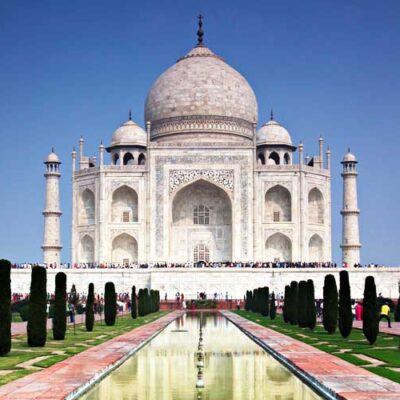


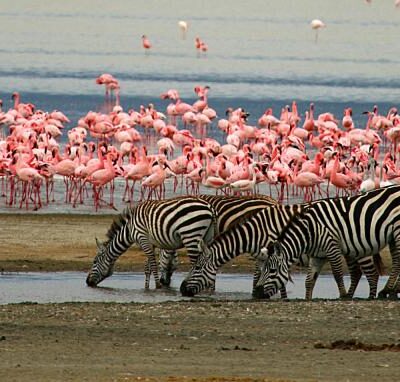




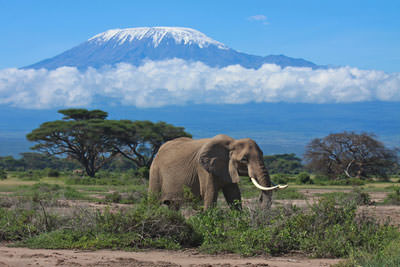


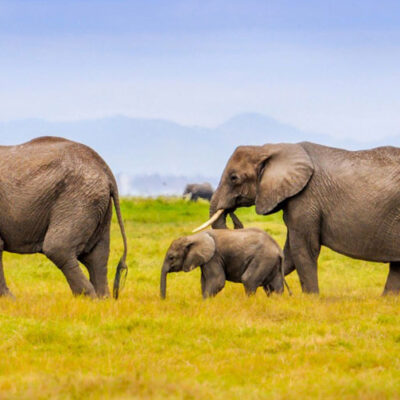
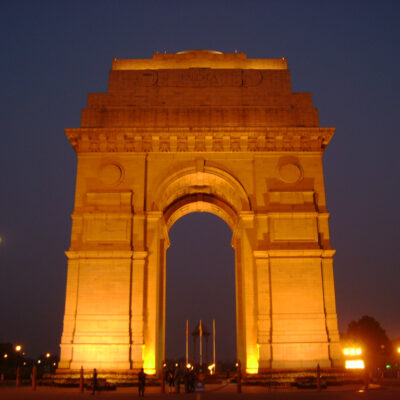
Reviews
There are no reviews yet.